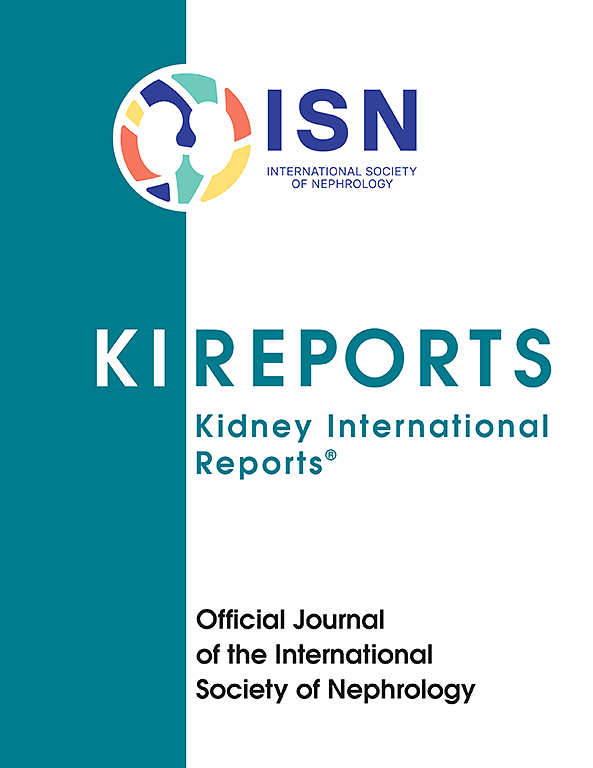Reintegration Into the Workforce After Kidney Transplantation Based on Urbanization Status in Switzerland
IF 5.7
2区 医学
Q1 UROLOGY & NEPHROLOGY
引用次数: 0
Abstract
Introduction
Most of Switzerland’s population and employment opportunities are concentrated in urban areas. Although kidney transplantation (KT) is the preferred therapy for eligible candidates, individuals in rural areas face challenges accessing specialized medical services due to longer travel distances. Limited understanding exists regarding patients' perspectives on returning to work after KT and whether this correlates with their urbanization status, potentially influencing outcomes.
Methods
Retrospective, nationwide (Swiss Transplant Cohort Study [STCS]) study, from May 2008 to 2020, including 1926 patients aged 18 to 60 years who underwent KT. We investigated the self-reported work reintegration at 1, 3, and 5 years after the KT, the recipient and allograft survival, and the allograft function at 12 months, contingent on urbanization status (urban, suburban, rural).
Results
The return rate of sufficiently filled-in questionnaires was 81% (1053 participants). Urban recipients were younger, had longer dialysis time before KT, and had less living donor KT. At baseline, the level of education, as well as the workforce defined as work capacity > 50%, were lower in urban areas (37% urban, 39% suburban, and 47% rural). Regression analysis revealed significantly higher odds ratio for employment 1 year post-KT among patients residing in rural and suburban areas (odds ratio: 1.31 [confidence interval: 1.04–1.65] and 1.52 [confidence interval: 1.16–1.98], respectively) compared to patients from urban regions. Stratified according to urbanization environment, recipient and allograft survival were comparable across groups.
Conclusion
Patient and graft outcomes were favorable, with improved work reintegration observed at the 1-year mark post-KT for recipients from rural backgrounds compared to those from suburban and urban areas.

求助全文
约1分钟内获得全文
求助全文
来源期刊

Kidney International Reports
Medicine-Nephrology
CiteScore
7.70
自引率
3.30%
发文量
1578
审稿时长
8 weeks
期刊介绍:
Kidney International Reports, an official journal of the International Society of Nephrology, is a peer-reviewed, open access journal devoted to the publication of leading research and developments related to kidney disease. With the primary aim of contributing to improved care of patients with kidney disease, the journal will publish original clinical and select translational articles and educational content related to the pathogenesis, evaluation and management of acute and chronic kidney disease, end stage renal disease (including transplantation), acid-base, fluid and electrolyte disturbances and hypertension. Of particular interest are submissions related to clinical trials, epidemiology, systematic reviews (including meta-analyses) and outcomes research. The journal will also provide a platform for wider dissemination of national and regional guidelines as well as consensus meeting reports.
 求助内容:
求助内容: 应助结果提醒方式:
应助结果提醒方式:


